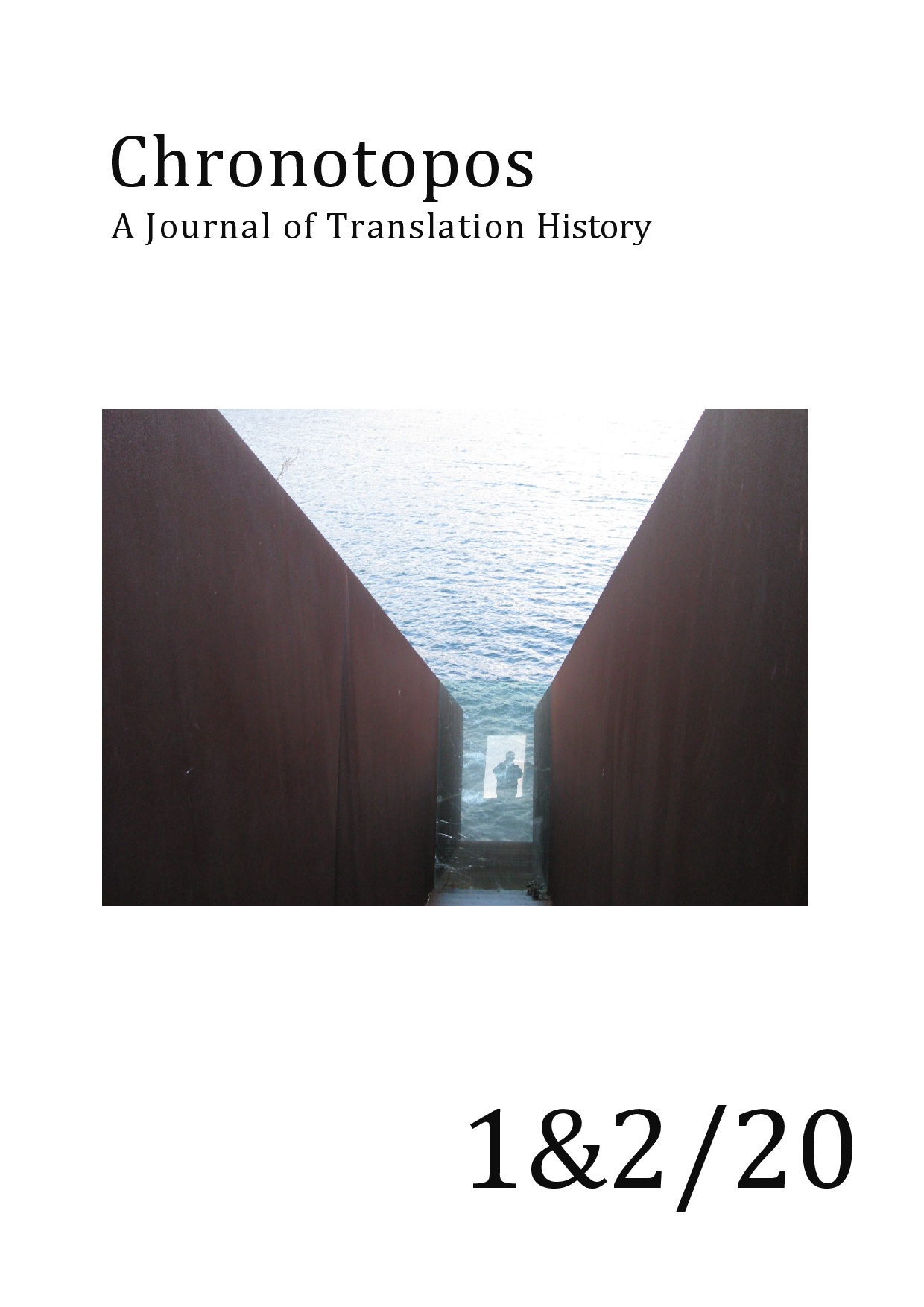Trust-based translation history
Guideline questions and an illustration
DOI:
https://doi.org/10.25365/cts-2020-2-1-6Keywords:
trust, translation history, risk management, Francisco de Enzinas, Bible translationAbstract
Translation history can find a point of departure in the complex relations of trust (or distrust) that are established between translator and client, receiver, author, text, and indeed other translators. This way of approaching history can be formalized in terms of a short set of guideline questions that the historian might like to ask. The questions go from the translator’s interpersonal relations right through to the trust that the historian has data and the not dissimilar trust sought with respect to other historians. Thus, the one framework informs both the historical object of knowledge and our historiographic activity. The way these questions work can be illustrated through the example of Francisco Enzinas’s 1543 translation of the New Testament, which he personally presented to Holy Roman Emperor Charles V, in search of trust.
Downloads
Published
How to Cite
Issue
Section
License
Copyright (c) 2020 Anthony Pym

This work is licensed under a Creative Commons Attribution-NonCommercial 4.0 International License.

licence: CC BY-NC 4.0


